Will Christmas spending finally bring the real estate bonanza for sellers undone?
Australian homebuyers navigated 13 interest rate rises in 18 months to drive property prices to record highs but the signs are there that post-Christmas budget blues could end the run.
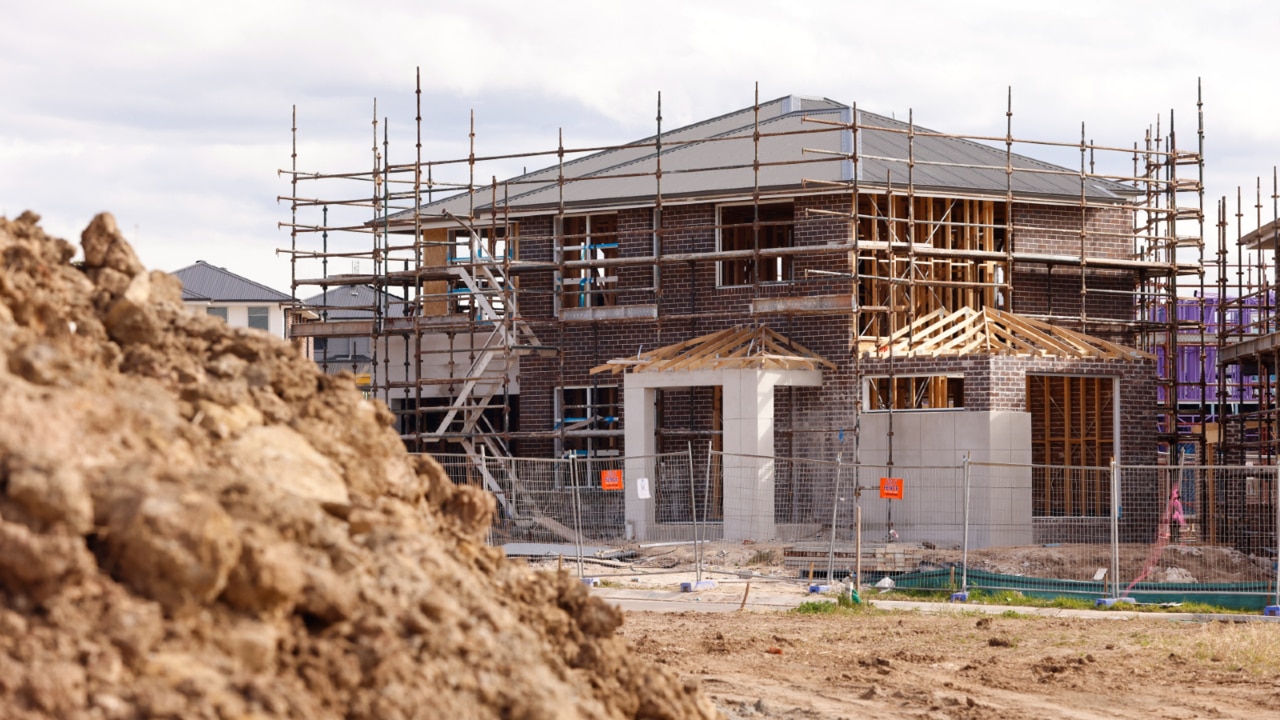
The impact of Australia’s sharpest interest rate rise in 40 years has resulted in soft retail sales over Christmas and record calls for food help from charities, but bizarrely enough – until now – it’s had no impact on house prices.
That may be set to change, with the notoriously costly Christmas holiday period predicted to be the straw that breaks the camel’s back, forcing many homeowners to reconsider whether they can continue paying increasingly costly mortgages from their savings buffers.
Veteran fund manager Geoff Wilson said there was no doubt the rate rises are having an impact, with the average mortgage costing an additional $1815 in monthly repayments since the Reserve Bank began raising rates in May last year.
“Interest rates are biting and the Covid cushion – all the stimulus that pushed our savings rate up – will run out in the first quarter of 2024,” Mr Wilson said.
The official rate now sits at 4.35 per cent. Some economists already expect another rate rise to come early next year; and from July 1 the Albanese government will introduce its phase three tax cuts for income between $120,000 and $180,000.
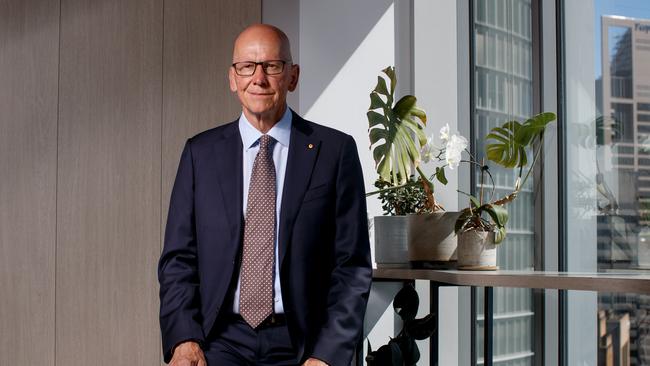
“Unfortunately homeowners won’t get much respite as interest rates will have to stay high to offset the stimulatory effects of the June tax cut,” Mr Wilson said.
The strength in residential real estate this year surprised economists and the banks, which had been gearing up for mortgage rate stress when 1.5 million people rolled off record low fixed-rate mortgages, with a further 450,000 loans to follow in 2024.
Instead, prices hit record highs in 2023 according to data from CoreLogic. New highs were reached in Perth, Brisbane and Adelaide, while from much higher bases, Melbourne and Sydney came within a whisker of new records.
At the lower end of the market, the push into home ownership was partly driven by the rental crisis, with the nation experiencing a vacancy rate of just over 1 per cent. At the upper end of the market there remain a number of cash buyers.
CoreLogic executive research director Tim Lawless said he was now seeing signs of cooling. “Sydney and Melbourne have clearly stabilised, and in fact Melbourne housing values are dropping,” he said.
“Coming into 2024, at least the first half of the year is going to be that increasing level of diversity that’s being driven by things like supply levels, which will be normalised in some markets, giving buyers a lot more choice.
“Looking at other indicators like auction clearance rates, (the week beginning December 11) was the lowest auction clearance rate for the year.”
Of course when it comes to pricing, it will be a tale of many cities.

Buyers agent Georgina Goldsworthy from One Buyers Agency believes that her specialty area of Sydney’s eastern suburbs is more likely to see reduced growth, rather than an actual fall.
“I think there’ll be a pullback and essentially a stabilisation in the rate of the increase in property,” Ms Goldsworthy said.
“A handful of my clients are cash buyers, so mortgage rates don’t bother them at all, and then there’s the other half of buyers where it impacts them greatly and they are also dealing with an increase in living expenses,” she added. “So I think there will be a pullback in the rate of increase, but I still think prices will stay strong.”
Much has been made about the impact of record rates of immigration on housing prices. Mr Lawless believes that new entrants to Australia are not directly impacting the cost of buying a new home but are putting pressure on the already strained rental market.
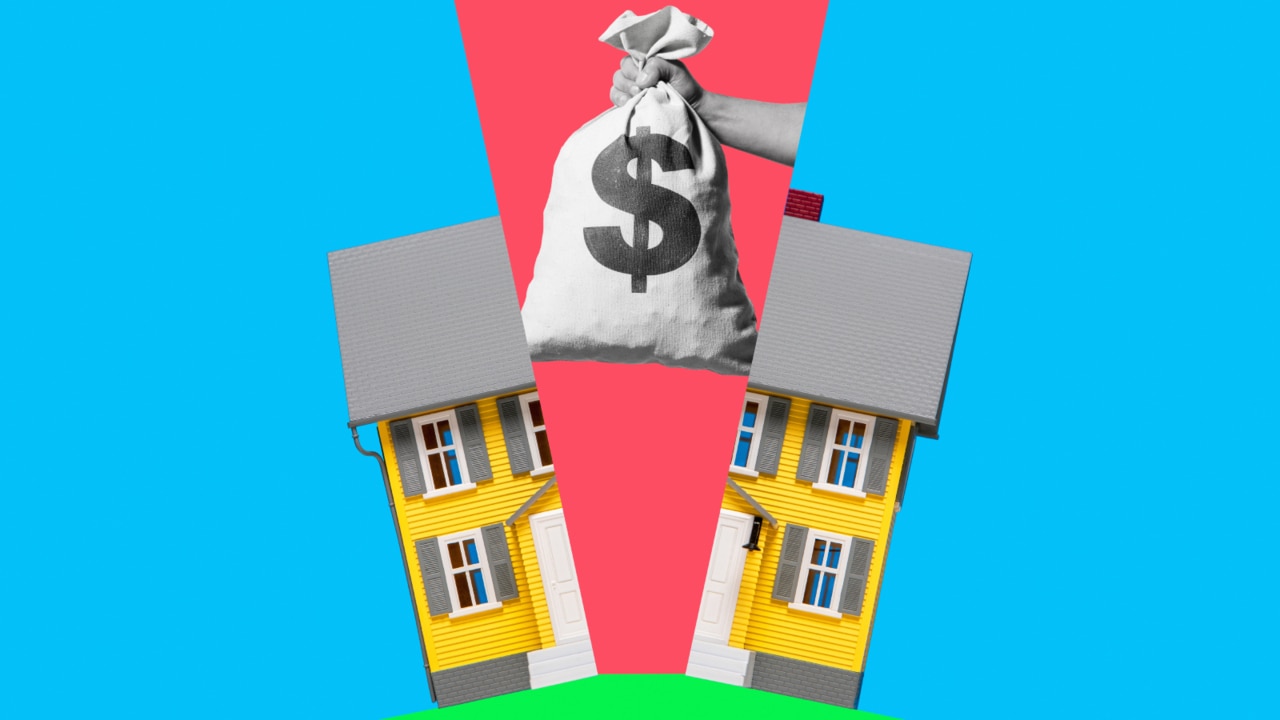
“Migration is keeping rental markets very tight, but it’s not supporting purchasing demand, to the extent that some might have expected it to,” Mr Lawless said.
The good news for renters is that he doesn’t expect rental rates to rise nearly as much as what they did in 2023, “mostly because renters are just reaching an affordability ceiling”.
“They can’t afford to pay more rent. Most households are already paying 30 per cent or more of their income towards servicing their rental costs. So renters don’t have a great deal of elasticity,” he said.
What’s likely to trigger a downward shift in house prices is continuing cost of living pressures, coupled with falling consumer sentiment and more cautious lending practices by the banks.
Getting a mortgage had “become harder with the latest rate hike”, said Mr Lawless. “Remember that everyone’s being assessed three percentage points above the going rate, so a typical assessment rate is going to be above 9 per cent serviceability calculations.
“If you’re not confident about your ability to hold a job, or in the domestic economy, you’re generally not going to be making a high commitment decision, like buying a home.” He believes there will be “subdued” demand this year.


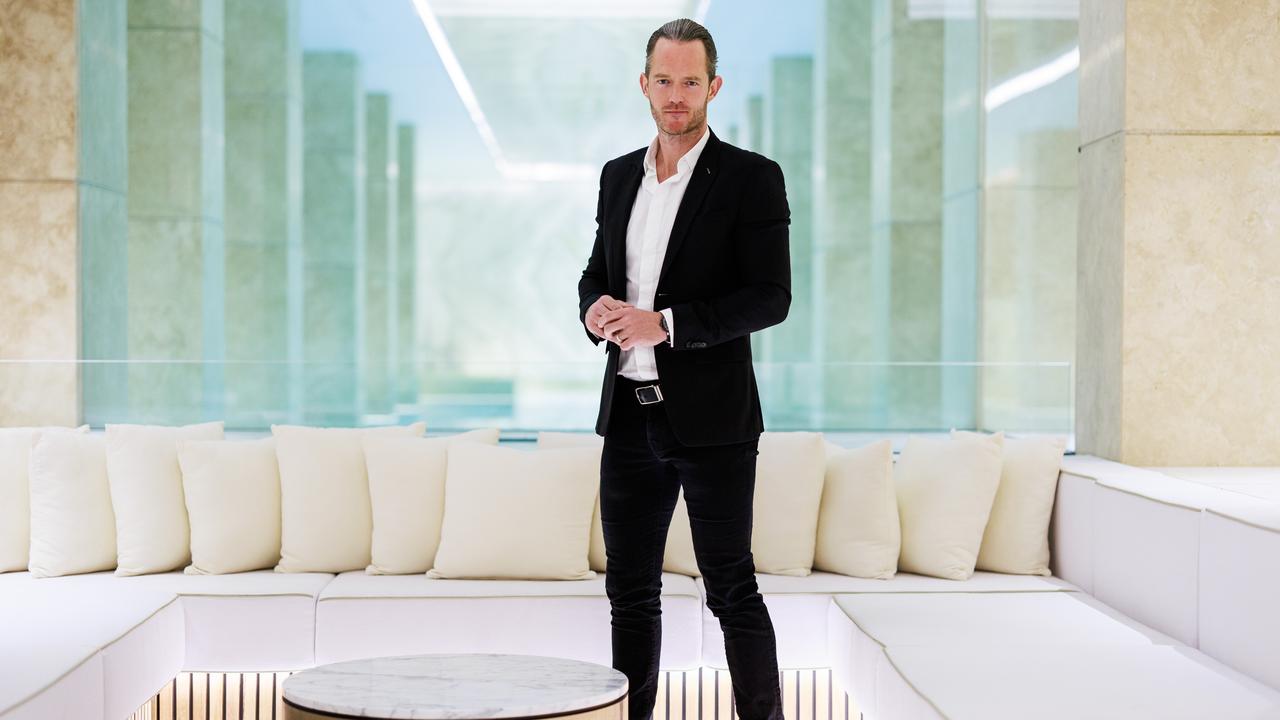
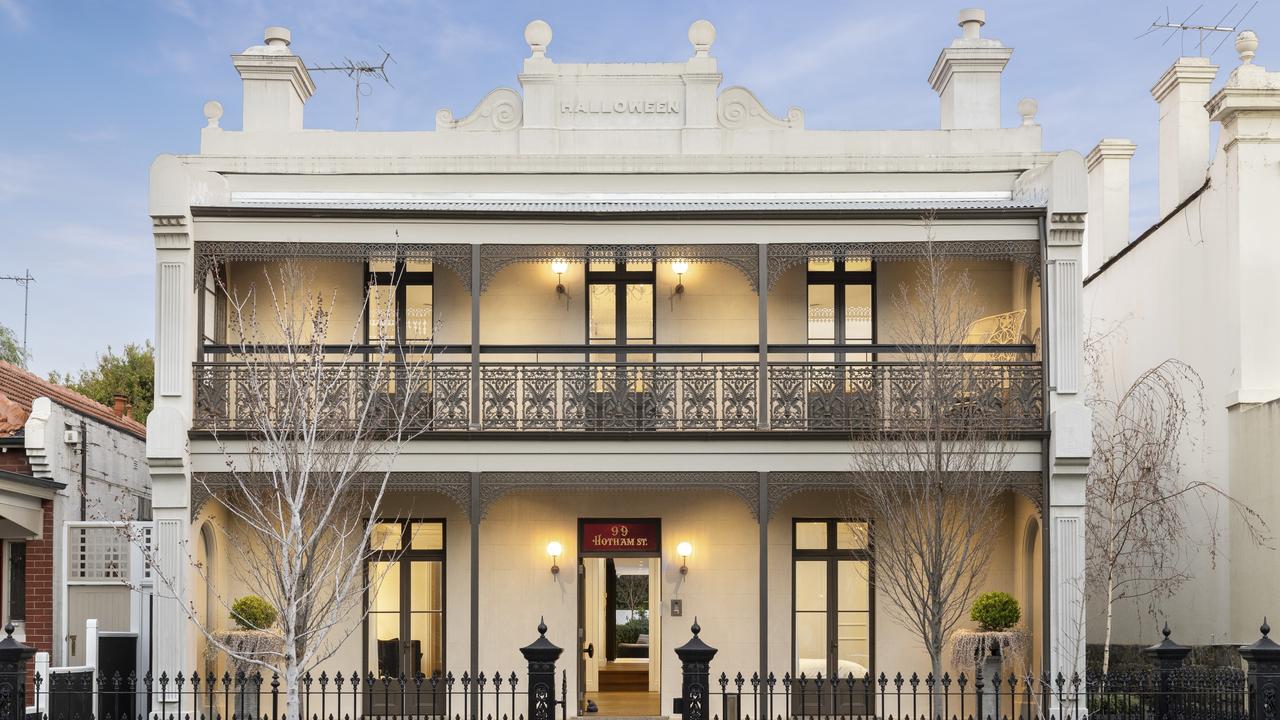
To join the conversation, please log in. Don't have an account? Register
Join the conversation, you are commenting as Logout